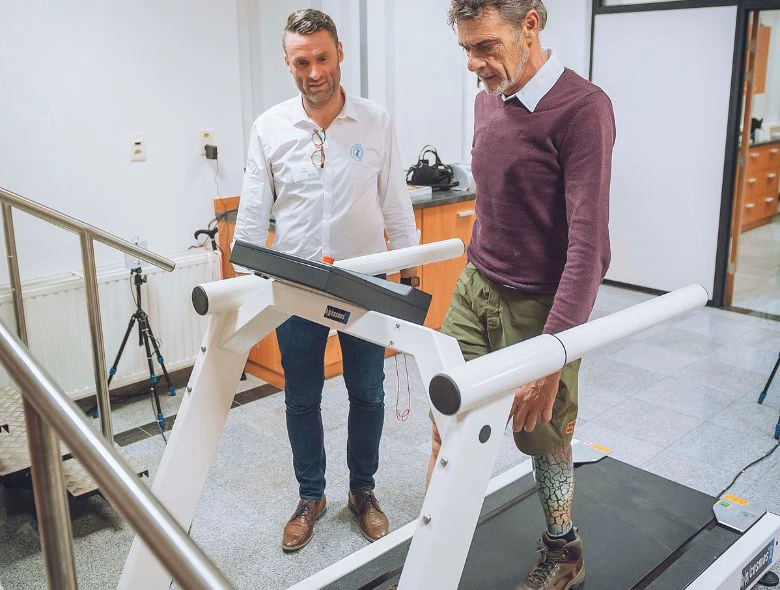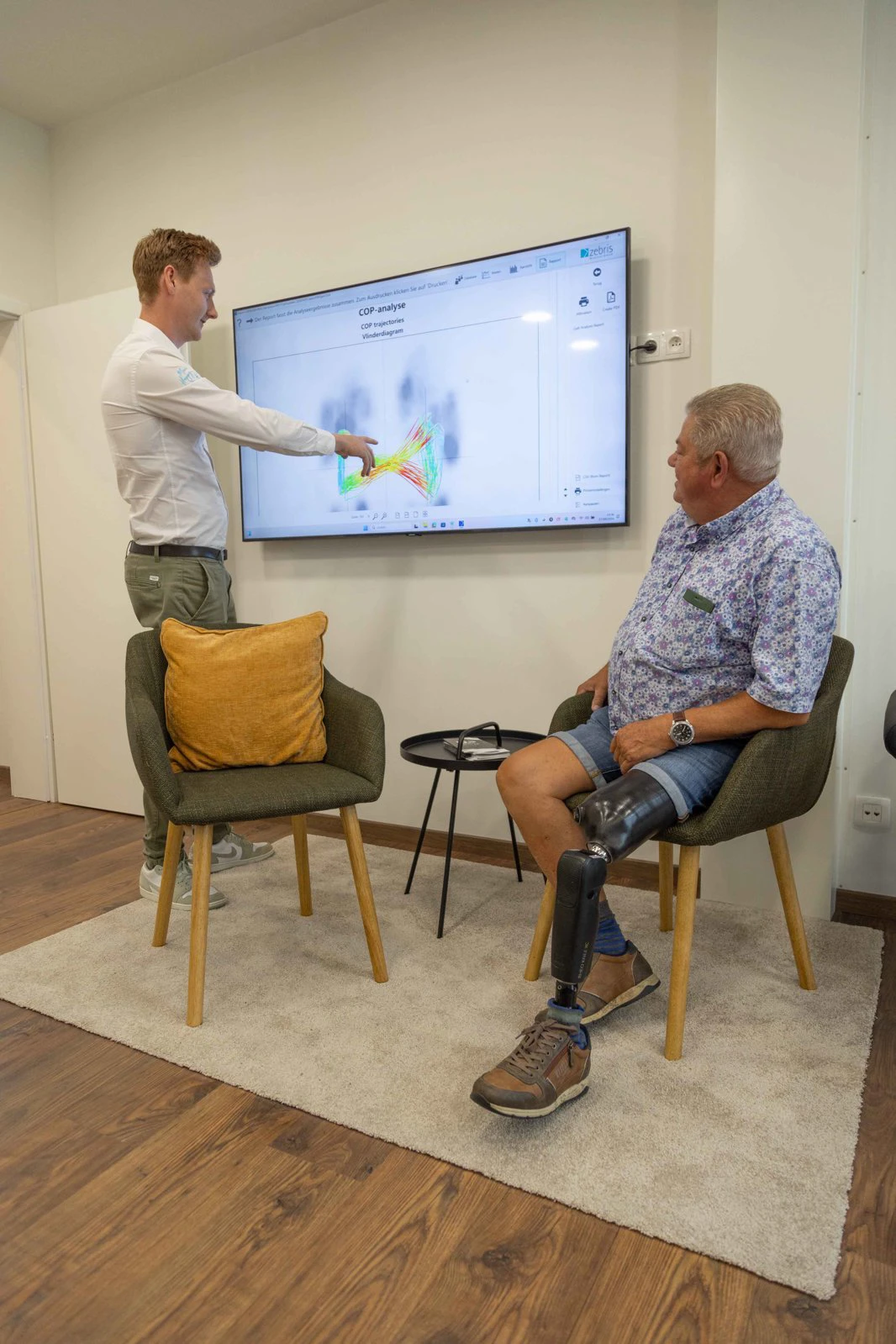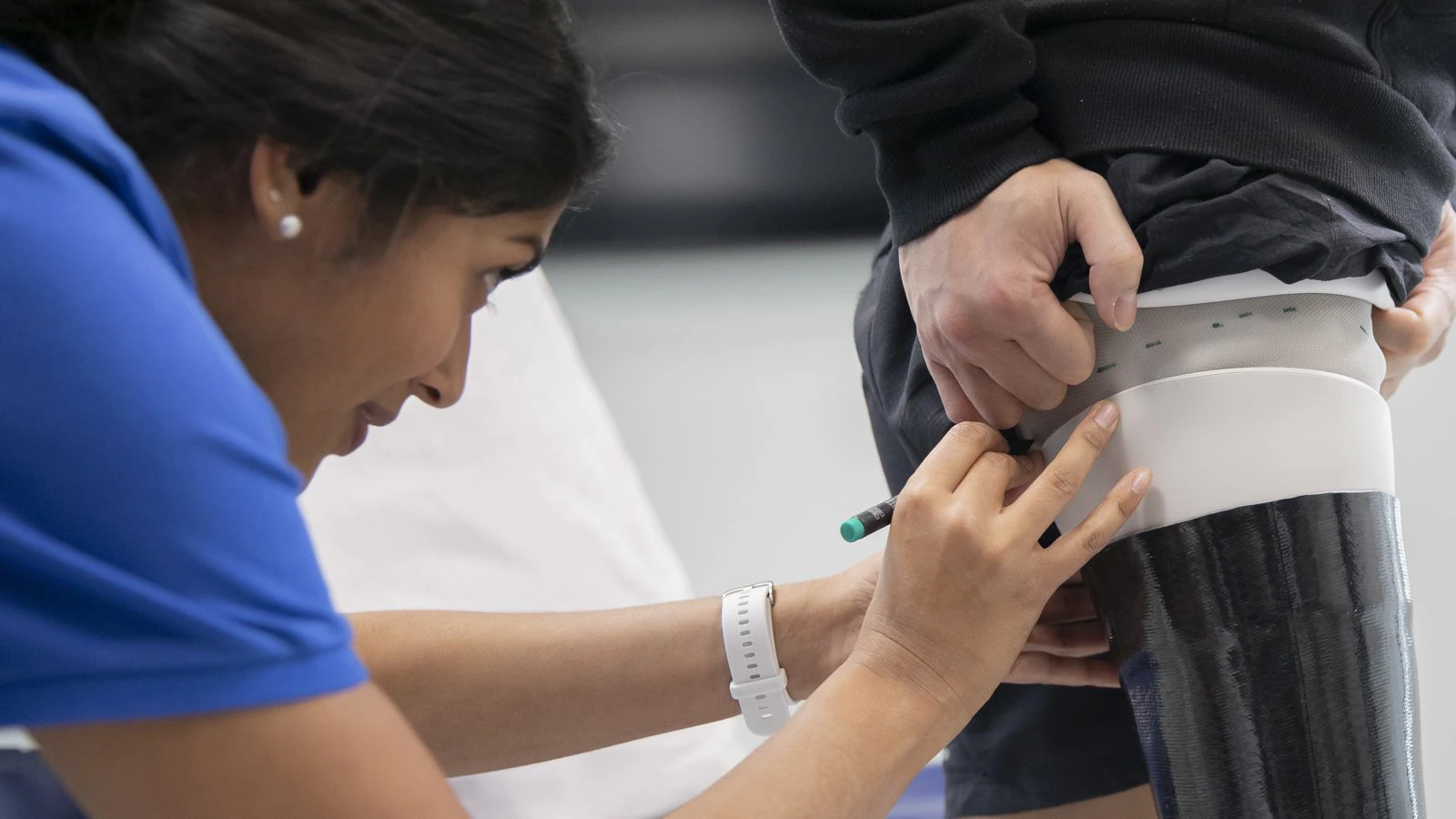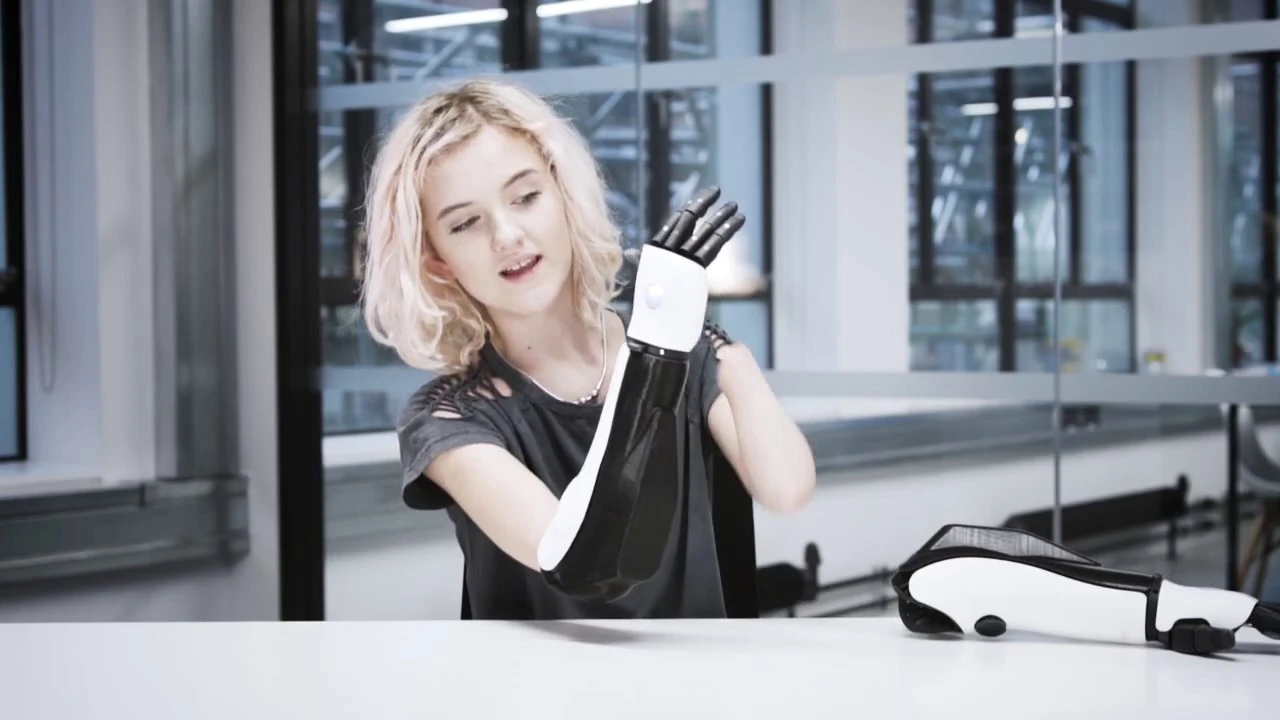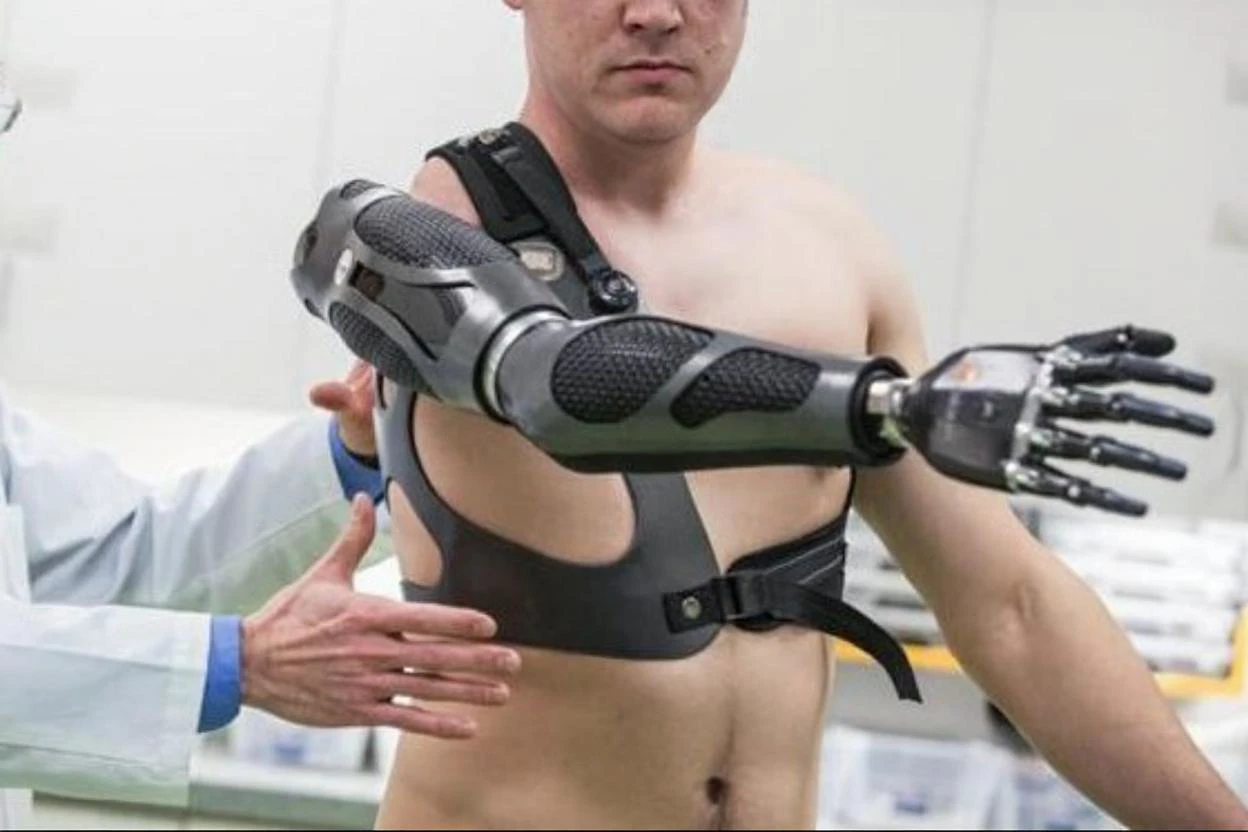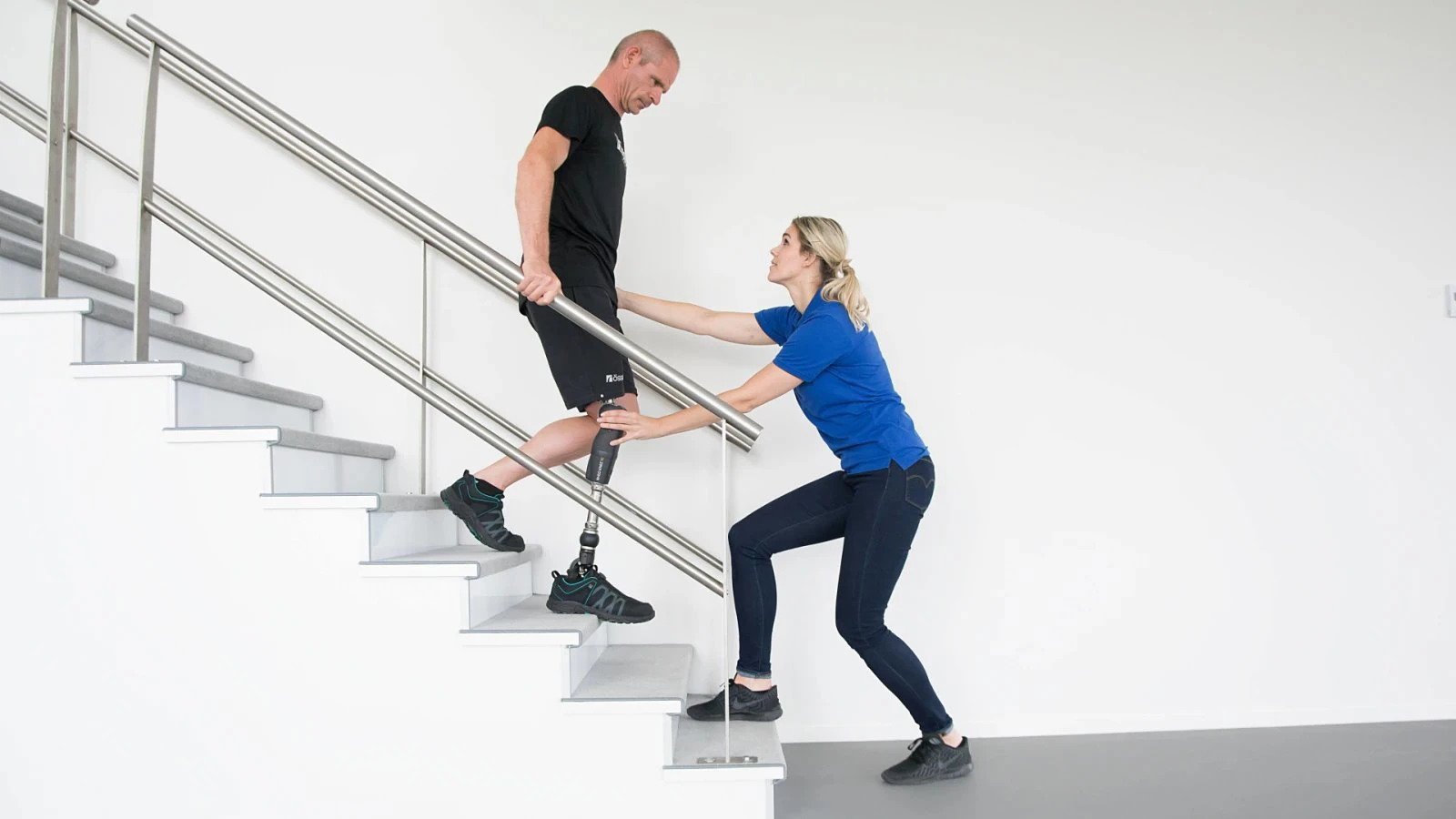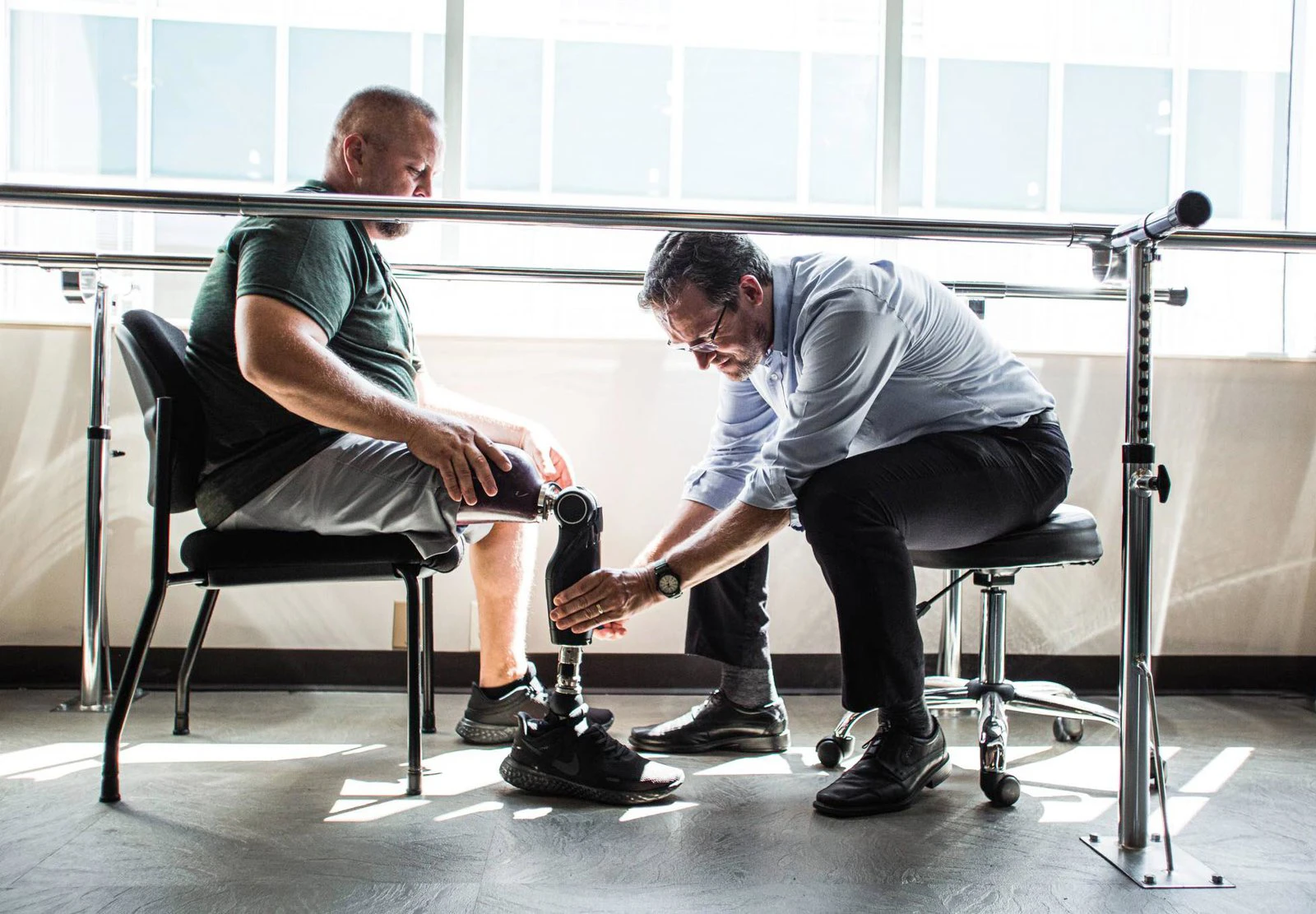- Stump/skin: Clean with mild, pH-neutral soap. Dry thoroughly. Check for skin irritations or pressure points. Best done in the evening before bedtime.
- Liner (inside): Hand wash with lukewarm water + unscented soap. Rinse and dry with a clean cloth. Do not wring out or dry on a heater.
- Case: Wipe with a damp cloth + mild soap. Allow to dry thoroughly. Do not soak or immerse in water.
- Textiles (stump socks): Use a clean one every day. Wash at 30°C, allow to air dry.


